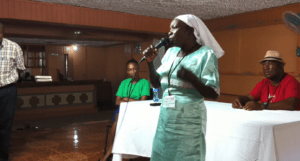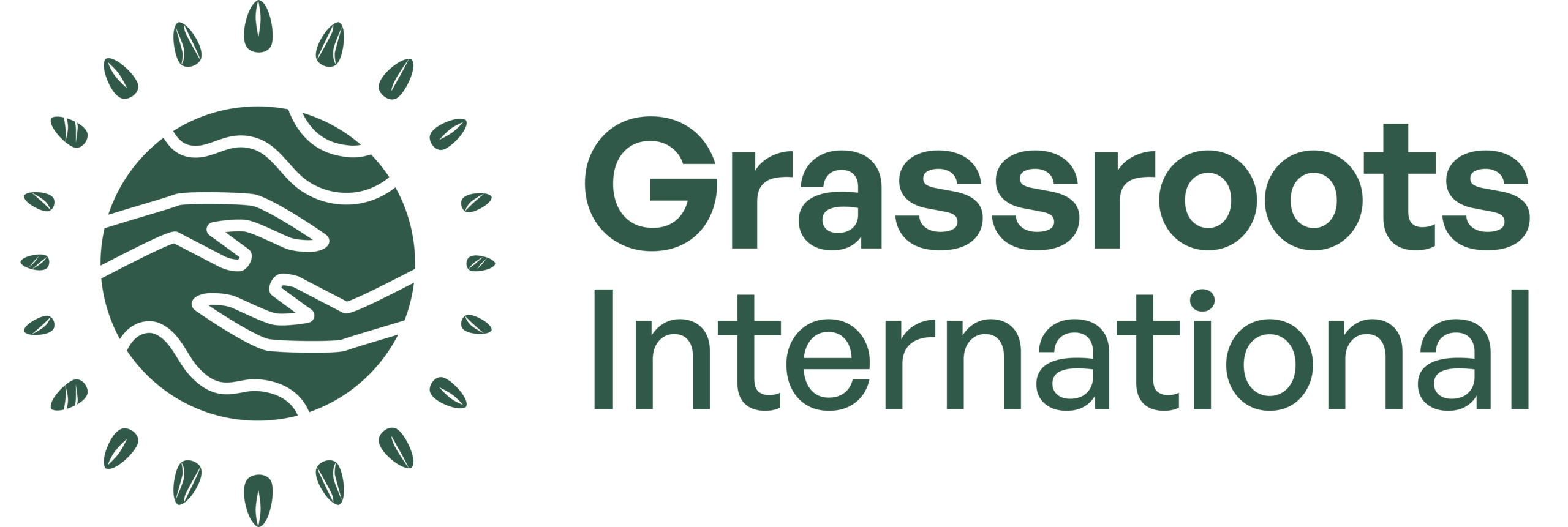Haiti’s Social Movements Chart Path for Nation’s Future
In response to government inaction and ineffectiveness, Haiti’s largest social movements have banded together to take command of the nation’s future.
Haiti’s social movements recently joined hands in a historic show of unity and people power, putting the final touches on a road map to chart the nation’s path from impoverishment to prosperity and a better future for the nine million inhabitants of this nation.
On April 16, 153 organizations, community networks, rural and urban groups, and their leaders and organizers from almost every corner of Haiti descended upon Port-au-Prince, the nation’s sprawling and earthquake-ravaged capital, to hammer out the final details of a national platform spelling out the path that the country must take in order to move forward. Called the ‘Kaye Nasyonal Revandikasyon’’ (‘National platform working document’), this 113-page master plan clearly articulates what is needed for Haiti to advance in all the social, economic, cultural and political spheres of life. “Yon lot Ayiti Posib“ (Another Haiti is Possible) is a popular slogan that captures the hope and immensity of the vision.
The comprehensive populist platform represents six years of grassroots organizing and strategizing, which Grassroots International was honored to support. It includes specific solutions and programs that the nation must do to reverse the ‘extreme misery’ that successive corrupt and ineffectual governments have handed to the majority of the nation’s people. From massively replanting trees throughout this 98% deforested country, land reform and increasing public investment in family farmers, to protecting farmers from food dumping by foreign countries and elevating women’s rights and status, the platform heralds a complete transformation from neglect and chaos to common sense. For many of the leaders gathered, this document outlines everything the nation must do to fulfill the dreams of the 1804 Revolution when Haiti became the first and only Black nation in the Americas to successfully rise up and expel the white French slavers. Given that the vast majority of Haitians are farmers, the major focus of the platform rests firmly on elevating family farmers and rural communities.
The social movements, which include all of GRI’s partners in Haiti, that have authored this are well aware that this will take years to fulfill. “This work isn’t easy…. All of us need to work hard and find the will to make change“ says Juslene Tyresias, one of the leaders of the Peasant Movement of Papaye (MPP), a longtime Grassroots International partner. “We must acknowledge all of the work that must be done to motivate, educate, and mobilize everyone to construct a new state that can commit to building a dignified life for our daughters, our sons, our families, family farmers, everyone.”
For people like Ricot Jean Pierre, a leader from the Haitian Platform to Advocate Alternative Development (PAPDA, another longtime Grassroots partner and a leading development organization in Haiti), the six-year long process of getting everybody to agree on and get behind the plan is perhaps just as important as the actual finished document itself. He explains that previously disparate and silo-ized groups and social movements began coalescing to work up this platform back in 2012. The process of formulating the plans brought groups together and built a level of unity that has not existed since the fall of the Duvalier dictatorship from 1957-1986. Over the years of consultation and negotiation, the 153 groups representing all corners of Haiti were able to finally arrive at a very clear set of goals covering everything concerning Haiti’s current situation and future.
And it is quite literally everything: health, education, land reform, poverty reduction, energy, effective political system, government transparency, women’s rights — in short, everything anybody would want of government anywhere.
The measures in the comprehensive plan are both bold and practical. For example, faced with the massive problem of deforestation, the social movements propose mobilizing the nation’s communities for a nation-wide campaign of replanting trees, buttressed by educating all school children in environmental preservation and maintaining forests. Many are simply common sense: making drinkable water a right that must be available to everybody, along with solar generated power versus expensive, imported fossil fuel power. High on the list is the thoughtful regulation of foreign interference and investments. For example, reversing trade policies from favoring cheap food imports which are bankrupting farmers to supporting local food production would lift up huge sections of the largely farm-based population.
This is where we on the outside of the country particularly in the US, can join in supporting these efforts. Putting a firm brake on foreign interference–read the USA, Canada and France–and manipulation of Haiti’s internal affairs will go a long ways to helping Haiti’s social movements fulfill this new course. There is urgency to this task. For example, there is gold and other valuable minerals in Haiti’s hills, and no shortage of foreign mining companies that are hungrily eyeing the potential profits of exploiting those resources today. Yet mining operations are notorious for the environmental and social damage they inflict upon unprepared populations, not to mention the siphoning of the wealth extracted out of the country.
Camille Chalmers, Director of PAPDA, suspects that these mining influences were among the reasons why countries such as Canada, the US, and France quickly backed the results of the last election, despite the charges of widespread fraud. As the success of El Salvador’s landmark mining ban illustrated, international solidarity can play a crucial role in pressuring foreign corporations and governments to play fair.
How far this new platform will go and how long it takes remain to be seen, but there is renewed hope in Haiti. For Camille Chalmers “this process is a political and methodological innovation for Haiti…and one that puts the farmers in a central role [of building a new Haiti]”, an answer to “a state that has declared a war on rural farmers that continues today.”
The event generated extensive national media coverage by all of Haiti’s major tv, radio and print outlets, a fact that can’t have gone unnoticed by the nation’s political and economic elites.
